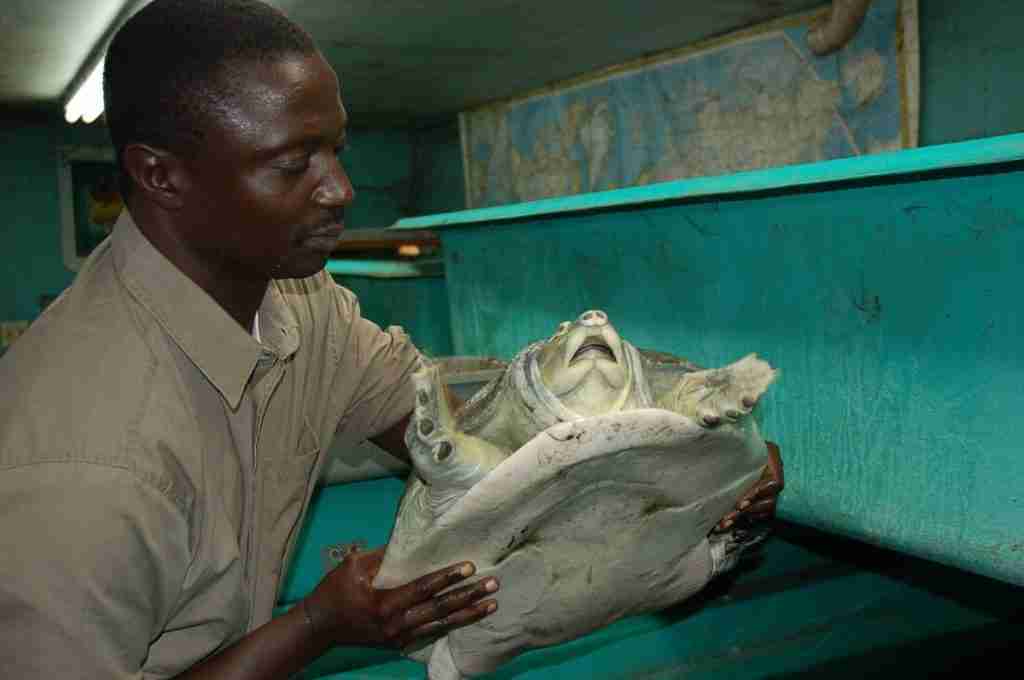SUMMARY
Africa’s rarest turtle is an enigma. Once feared extinct, the Nubian flapshell turtle (Cyclanorbis elegans) was rediscovered in 2019 after more than two decades without a confirmed sighting. With a shell length of up to 80 cm (31.5 inches), it is by far the largest species in its genus and possibly the rarest freshwater turtle on the African continent. The last known captive individual died in 2012 in the United States, and until recently, almost nothing was known about its remaining range or conservation status.
Now, in 2025, Turtle Island is expanding to Africa—and placing this extraordinary species at the center of its efforts. In partnership with Ugandan conservationist Emmanuel Owomuhangi, we are working to establish Turtle Island Uganda. The first steps include creating an officially recognized conservation society, which will allow us to apply for research permits and begin fieldwork.
This is not just a new project. It’s a new chapter in the fight to protect one of the least understood, most threatened turtles on Earth.
HOW BIG IS THE THREAT?
The Nubian flapshell turtle is listed as Critically Endangered by the IUCN (International Union for the Conservation of Nature), a designation first formalized during the IUCN Red List workshop in Togo in 2013. The threat is severe. This elusive species inhabits parts of South Sudan and northern Uganda, particularly along the White Nile River. These regions are biologically rich but politically volatile, remote, and difficult to access—factors that have long hindered conservation efforts.
Like many African turtles, C. elegans suffers from a lack of research, leaving major gaps in our understanding of its behavior, biology, and ecology. Its diet, reproductive strategies, population structure, and even its full distribution remain largely undocumented in the scientific literature.
At the same time, the pressures it faces are intensifying:
- Habitat destruction (especially wetlands and floodplains)
- Hunting for bushmeat
- Environmental instability in conflict zones
As herpetologist Prof. Luca Luiselli and his team have shown, the small populations rediscovered in recent years are extremely fragile. Without immediate intervention, the species faces a very real risk of vanishing forever.
OUR ROLE
Turtle Island’s role is clear—and urgent.
Our top priority is to locate, study, and safeguard the remaining wild populations of Cyclanorbis elegans, while laying the groundwork for long-term conservation. This includes:
- Establishing a legally recognized conservation society in Uganda to make formal research and conservation efforts possible
- Supporting field surveys alongside local researchers and international partners
- Planning for an ex-situ breeding program once individuals have been located and studied
- Filling critical knowledge gaps on the species’ ecology, behavior, and threats
We are currently in the early stages of this effort: identifying legal frameworks, building relationships on the ground, and seeking suitable land for future infrastructure.
By combining international expertise with local initiative, we hope to prevent the extinction of this remarkable turtle—and give C. elegans a second chance.



